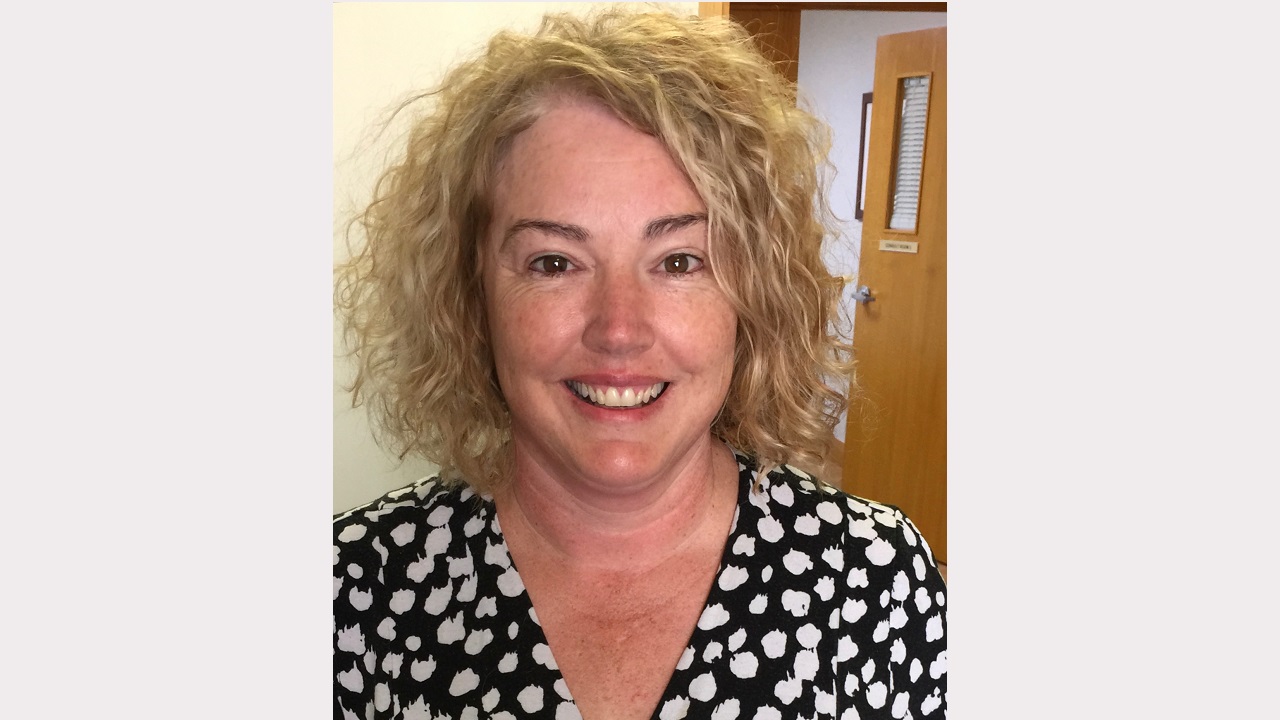New trial tracks difference palliative care specialists can make in residential aged care
New trial tracks difference palliative care specialists can make in residential aged care
by Heather Wiseman
Tuesday, April 11, 2017
A new proactive approach to providing specialist palliative care within residential aged care facilities is being trialled across 12 sites in Canberra.
The randomised controlled trial will allow three palliative care specialists to conduct regular palliative care needs rounds at the aged care facilities. They will support staff to recognise deterioration and dying and identify residents likely to die within six months. Staff will be supported to make individual plans for the end of life for each of those residents.
Clare Holland House palliative care nurse practitioner Nikki Johnston said this contrasts with current practice, as specialist palliative care services are generally called to visit residents once they have started experiencing end-of-life symptoms. Referrals tend to be made late, if at all.
Ms Johnston is one of the three specialists participating in the 12-month trial, which is called INSPIRED (integrating specialist palliative care into residential care for older people). The trial, which started in February, is being run by Calvary Centre for Palliative Care Research and Calvary Public Hospital Bruce. It was funded by ACT Health.
“Elderly Australians deserve support in their last six months of life so they die well.”
She said while residential aged care staff have the opportunity to learn about palliative care during the specialist visits, the trial provides on-site support that is regular and ongoing.
“This intervention is not about going in, training staff and then leaving and expecting them to do it all on their own,” she said.
“It is a permanent state of integration.”
Ms Johnston, another palliative care nurse practitioner and a palliative care registered nurse will provide clinical interventions when necessary. They will also support case conferencing, which includes the resident, their family and GP, and work to ensure goals of care are documented within advance care plans.
INSPIRED follows an identical pilot study in four facilities, which achieved international interest. It showed benefits for residents, families and staff, and saved the health system at least $115,539 over three months, largely by reducing unnecessary hospital admissions. All residents died in their preferred place.
Ms Johnston said given the pilot study’s success, INSPIRED aimed to determine whether the approach could achieve similarly positive results when replicated elsewhere. Having an evidence-based solution was important, given the growing need for specialist palliative care in aged care.
“The population is ageing and people are dying when they are older with lots of comorbidities and complex health issues. That is why we are going to need more specialist palliative care people to help with dying.
“If we think about how people died even 60 years ago, you didn’t get old enough to have all of these chronic illnesses, so the need wasn’t as great. Now people are living with multiple comorbidities and being elderly, are losing function, so it is a big issue that we need to get ready for.
“Elderly Australians deserve support in their last six months of life so they die well.”
She said it was easy to recruit aged care facilities for the trial and the researchers were excited by the facilities’ enthusiasm.
“There is recognition, within the sector, that people are dying in residential aged care. They are all so enthusiastic to improve how they are doing living and dying in the last six months of life. They really care.”
Ms Johnston said critics of the approach suggested that workforce shortages may prevent it being replicated nationally.
“We don’t have enough specialist palliative care nurse practitioners, that’s true,” she said.
“But I have a vision where we could do palliative care needs rounds and case conferencing through telehealth for rural and remote areas, so it wouldn’t have to be face-to-face.”
To read the two articles on the pilot study that were published in the BMJ, click here and here.
